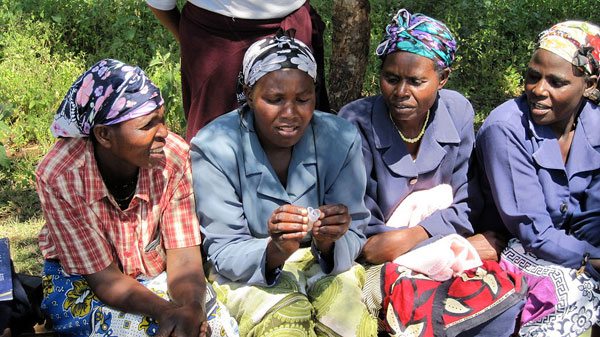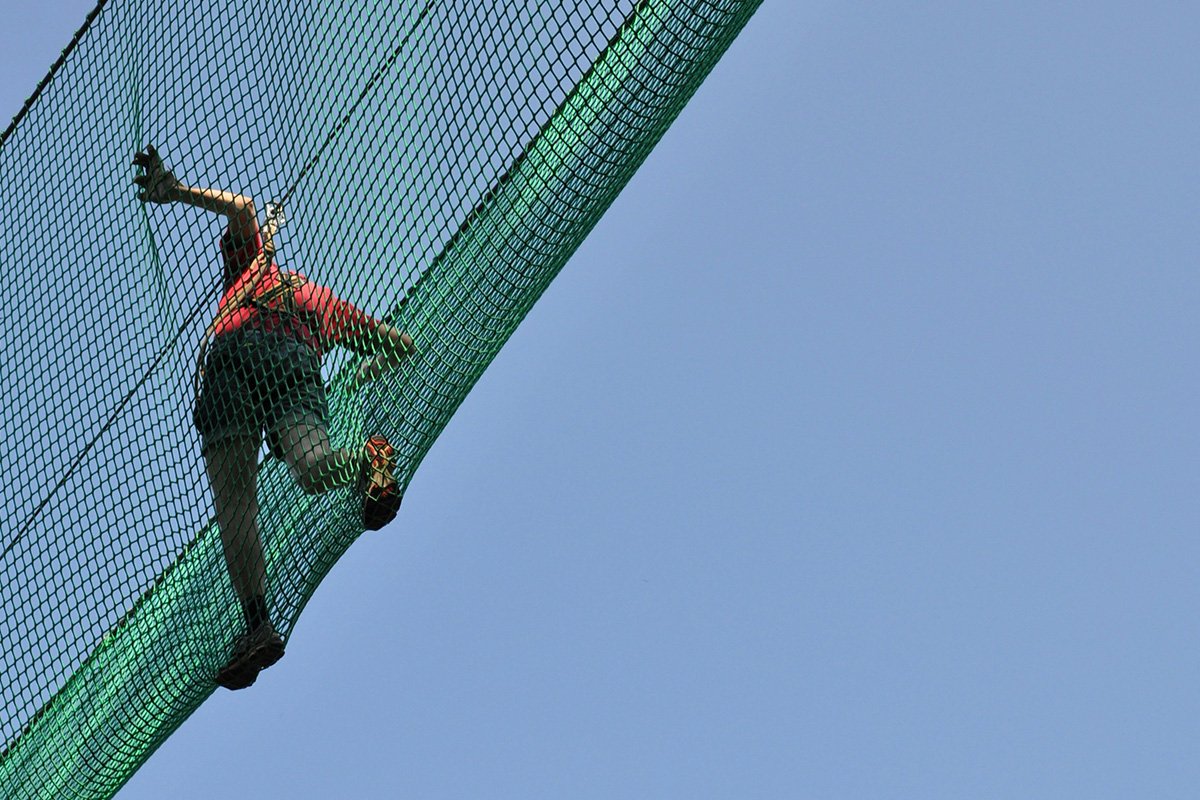
September 18, 2017; New Hampshire Public Radio
Everyone knows the old adage, “If you give a man a fish…” NHPR has a story with a new twist: “If you give a woman a menstrual pad…”
In all seriousness, the reproductive health of girls and women around the world is at stake, and according to reporter Courtney Columbus, the recent movement to make sanitary pads more accessible hasn’t been a silver bullet solution for increasing education rates in some developing countries.
First, a look back. In 2010, the New York Times highlighted the problem and what had recently emerged as a possible solution:
Throughout the developing world, girls are less likely than boys to be enrolled in school, and these differences are particularly large after puberty.… So how do we get girls into school? One possible solution—one which has received particular attention in the last few years—is providing better sanitary products for use during menstruation.
Part of the appeal of this explanation is that the fix is so easy. There is no need to change attitudes about female schooling, to provide funds for uniforms or textbooks, or to construct new schools closer to girls’ homes; instead, the menstruation theory suggests simply providing sanitary products could significantly affect the education gap.
The Times pointed to Procter & Gamble supporting the idea as early as 2007 through the Protecting Futures Program, which provided sanitary pads to girls in Africa and is now part of Save the Children. Nonprofits like Days for Girls and Sustainable Health Enterprises, which has distributed 200,000 made of banana fiber across Rwanda, were founded around that time. The issue also sparked interest stateside as women questioned why such an essential health supply is subject to state sales taxes—the so-called “tampon tax.”
As NHPR reported, national governments have stepped up to help across Africa, including Kenya, Uganda, and Zambia.
Sign up for our free newsletters
Subscribe to NPQ's newsletters to have our top stories delivered directly to your inbox.
By signing up, you agree to our privacy policy and terms of use, and to receive messages from NPQ and our partners.
“In August, Botswana joined the club,” Columbus wrote. “And it’s not just happening in low- and middle-income countries. In July, the Scottish government launched a project to distribute tampons and pads to women who can’t afford them. For some governments, the goal is to boost school attendance for girls. Perhaps free pads would make it easier and more comfortable for girls to manage their periods at school. Others hope that the pads could reduce anxiety about periods—less worry about stains or how to get the next pad, for example.”
However, the roots and reach of problems addressed by nonprofits are increasingly complex, requiring leaders and funders to think holistically and be willing to make long-term investments. NHPR cites some of the challenges that have arisen:
While menstrual health researchers say it’s encouraging that more countries are talking about periods at the highest levels of power, some question the motivations… Some critics in Kenya chalk up the plans as campaign promises, and aren’t sure the government will follow through.
[…]
Giving out pads is only part of what needs to be done to help girls manage their periods. It’s not a “silver bullet solution,” says Bethany Caruso, a postdoctoral fellow at Emory University.
Researchers highlighted the necessity of having teachers who are educated and empathetic to girls’ needs, as well as safe and private toilets or facilities to wash reusable pads or cups.
As Marni Sommer, a professor at Columbia University, noted in an NPR interview last year, “If girls don’t have a safe, private place to manage their periods…then even with supplies or even with education, they still will be hindered. I just want people to pay attention to toilets…(but) they’re not sexy.”—Anna Berry











